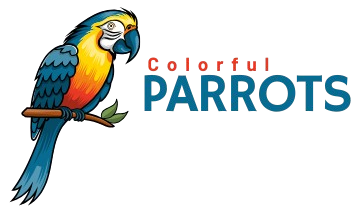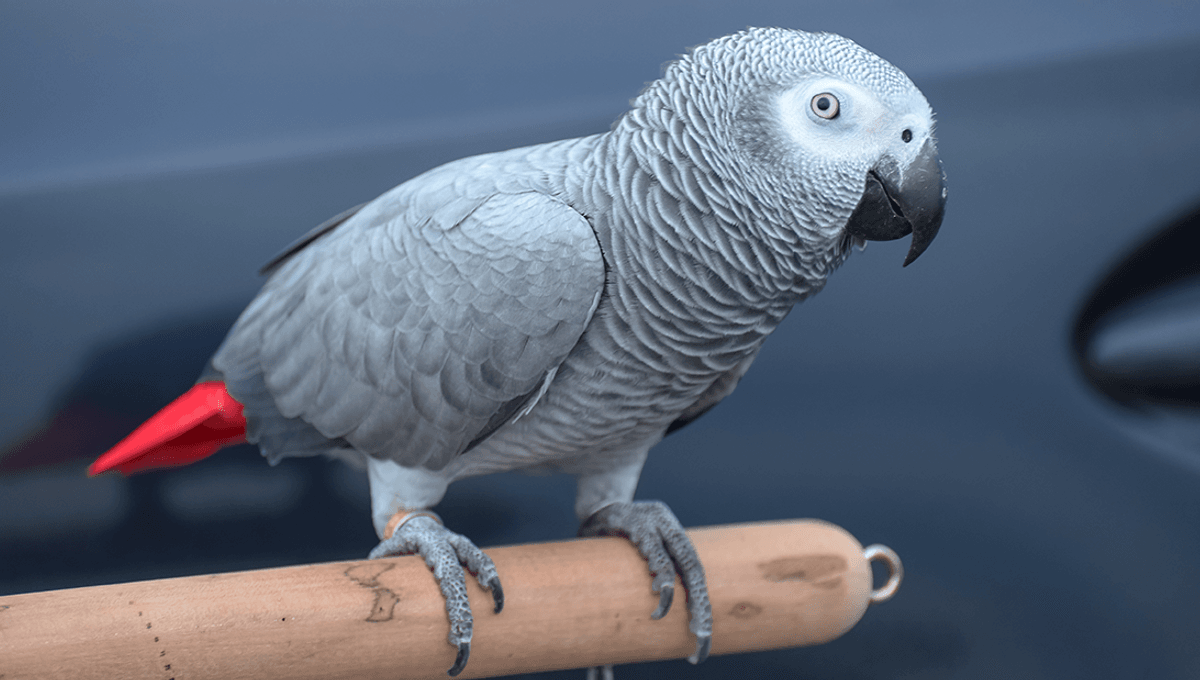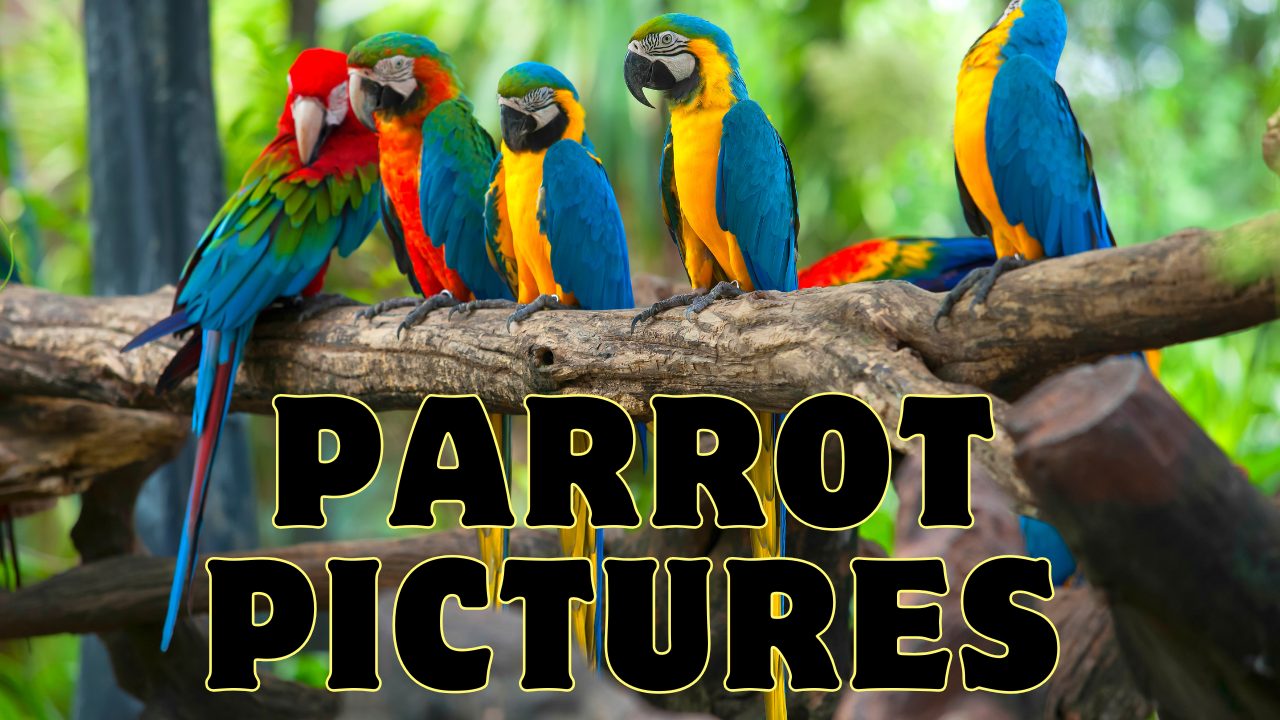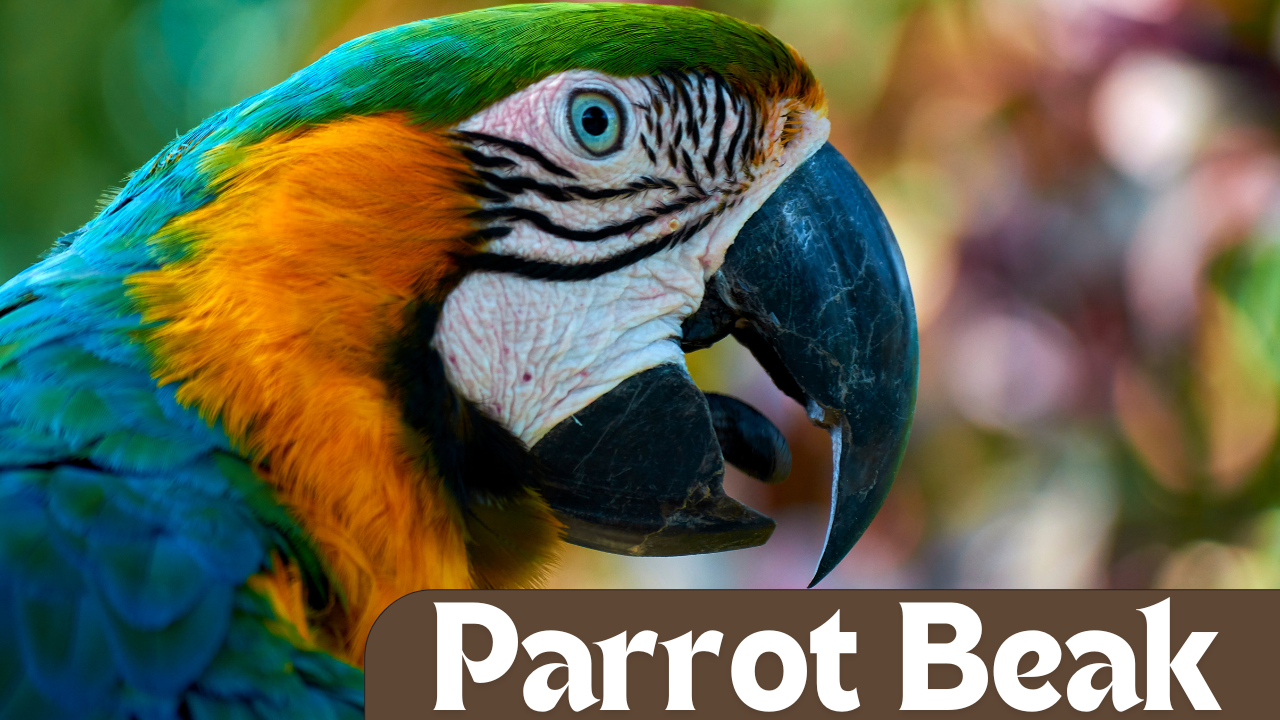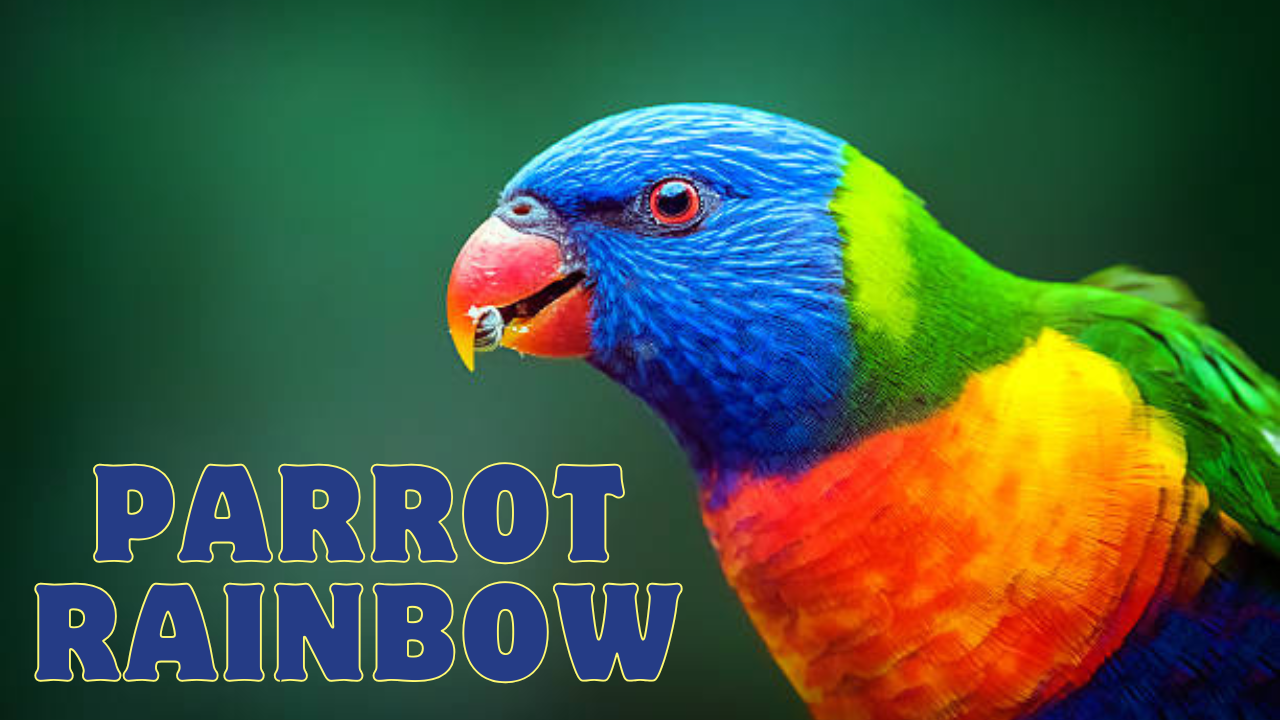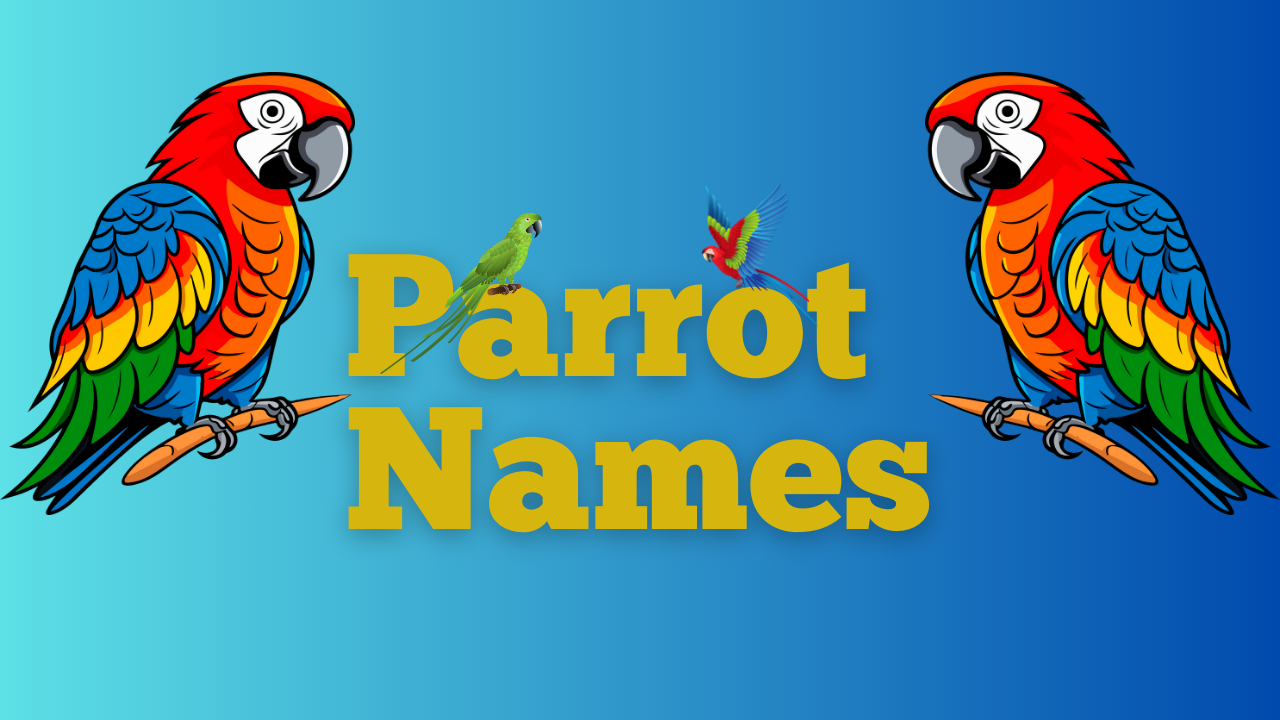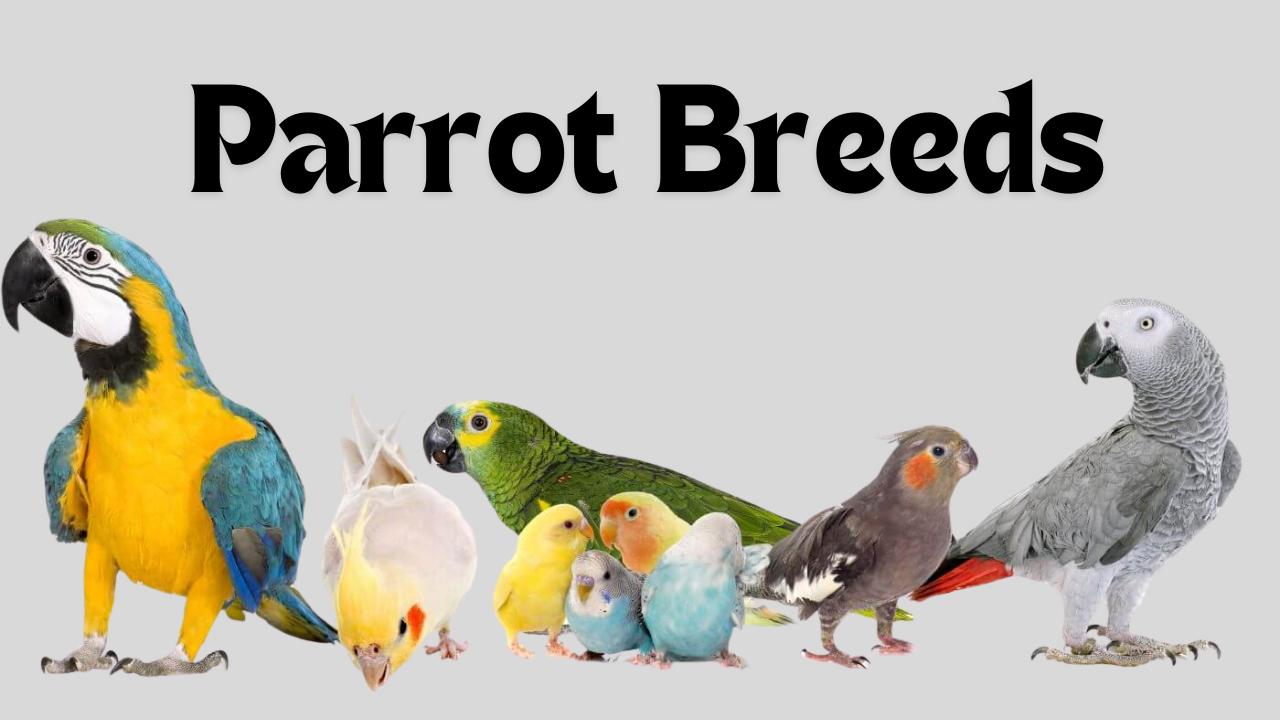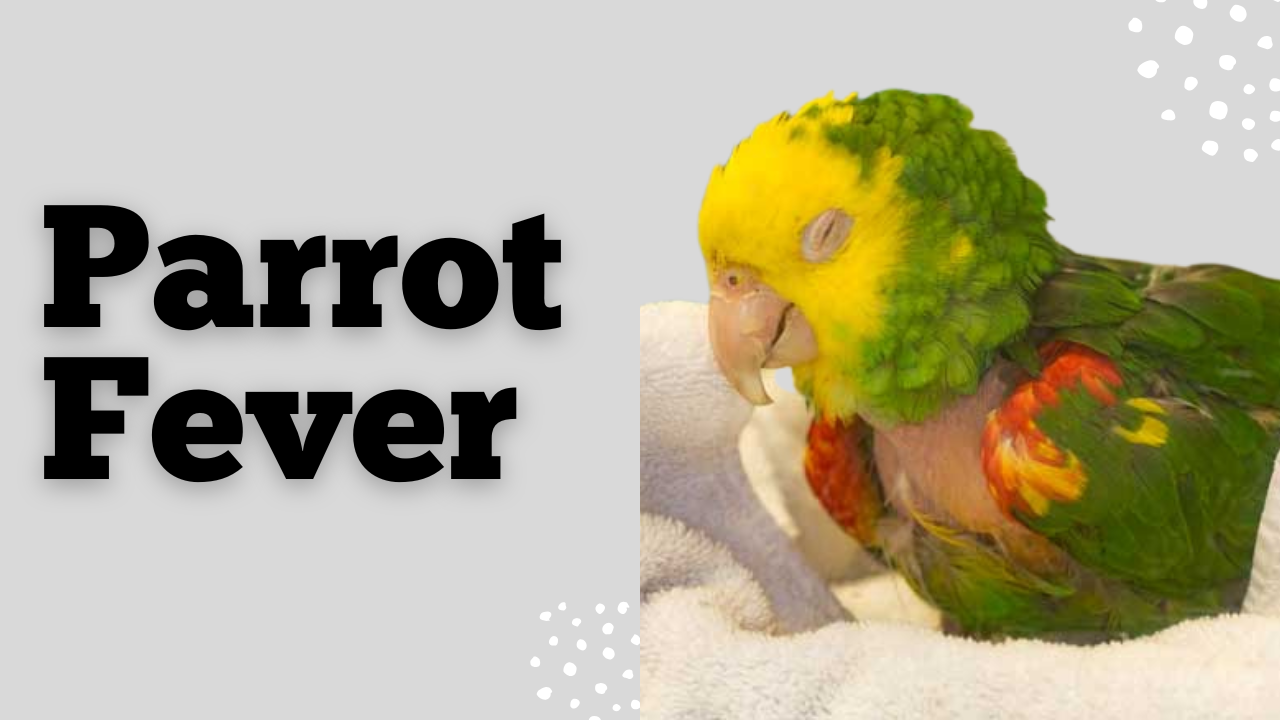The Grey African Parrot: Intelligence, Care, and Fascinating Facts
The Grey African Parrot, also commonly known as the African Grey, is one of the most admired and sought-after birds in the world. Known for their incredible intelligence, striking grey plumage, and remarkable ability to mimic human speech, these parrots have captured the hearts of bird lovers across the globe. Whether you’re an experienced bird owner or someone curious about parrots, learning about this amazing species is both fascinating and essential.
In this article, we’ll explore everything you need to know about the Grey African Parrot — from its origins and physical traits to care requirements, diet, behavior, and conservation status.
Origins of the Grey African Parrot
The Grey African Parrot is native to the dense forests of West and Central Africa. Countries like Ghana, Cameroon, Uganda, and the Congo Basin serve as natural habitats for this species. They thrive in subtropical rainforests, mangroves, and even savannas, adapting to different ecosystems where food sources are plentiful.
These parrots are flock-oriented birds, often seen in large groups in the wild. Their social nature is one reason why they make such interactive and engaging companions in homes, though it also means they require significant attention and stimulation when kept as pets.
Physical Appearance
The Grey African Parrot is a medium-sized parrot, usually around 12–14 inches long, with a wingspan of up to 20 inches. They weigh about 400 grams on average.
READ MORE: Amazing Parrot Facts
Their most notable features include:
- Feathers: Shades of silver-grey with scalloped edges that give them a distinctive look.
- Tail: Bright crimson-red tail feathers, which stand out beautifully against their otherwise muted body color.
- Eyes: Young parrots usually have dark grey to black eyes, which gradually lighten to a pale yellow as they mature.
- Beak: Strong, curved, and black, perfect for cracking nuts and seeds.
This striking combination of grey and red makes the Grey African Parrot one of the most visually recognizable parrot species.
Intelligence and Speech Ability
Perhaps the most famous trait of the Grey African Parrot is its intelligence. Studies have shown that African Greys possess the cognitive abilities of a young child, often compared to a 3–5-year-old human.
Language and Mimicry
- They are capable of learning hundreds of words and phrases.
- Unlike other parrots, they often use words contextually, making it seem like they understand conversations.
- Some African Greys have been documented creating new combinations of words to express themselves.
A famous example is Alex the African Grey, studied by Dr. Irene Pepperberg, who could identify colors, shapes, and even express preferences, proving that these parrots understand far more than simple mimicry.
Emotional Intelligence
These parrots can recognize moods and often respond to the emotional state of their owners. Their strong bond with humans makes them both loyal and demanding companions.
Types of Grey African Parrots
There are two primary subspecies of the Grey African Parrot:
- Congo African Grey (CAG):
- Larger in size, with a bright red tail.
- Lighter grey feathers with white edging.
- The most common and widely kept as pets.
- Larger in size, with a bright red tail.
- Timneh African Grey (TAG):
- Slightly smaller than the Congo variety.
- Tail feathers are maroon or dark brownish-red instead of bright crimson.
- Beak has a lighter, horn-colored upper mandible.
- Slightly smaller than the Congo variety.
Both subspecies share similar intelligence, lifespan, and care requirements, though the Timneh is often considered more adaptable and slightly less anxious in new environments.
Lifespan of Grey African Parrots
The Grey African Parrot is known for its impressive longevity. In captivity, with proper care, they can live between 50 to 70 years, and in some cases, even longer. In the wild, lifespans are typically shorter due to predators, disease, and habitat challenges.
Because of their long life expectancy, owning one is considered a lifetime commitment, often compared to raising a child.
Diet and Nutrition
A healthy diet is crucial for the wellbeing of a Grey African Parrot. In the wild, they eat a variety of seeds, nuts, fruits, and leafy vegetation. In captivity, their diet should include:
- Pellets: High-quality formulated pellets should make up about 60–70% of their diet.
- Fresh Fruits: Apples, bananas, oranges, papayas, and berries.
- Vegetables: Spinach, kale, broccoli, carrots, and sweet potatoes.
- Nuts: Almonds, walnuts, and cashews (in moderation, due to high fat content).
- Seeds: Can be offered occasionally but should not be the main diet.
Fresh water must always be available. Owners should avoid feeding them chocolate, avocado, caffeine, and salty foods, as these can be toxic.
Housing and Environment
The Grey African Parrot requires a spacious cage with plenty of room for exercise and play. Here are some key housing tips:
- Cage Size: At least 36” x 24” x 48” with strong bars (since they have powerful beaks).
- Perches: Natural wood perches of varying diameters to support foot health.
- Toys: Provide puzzle toys, chewable items, and interactive playthings to prevent boredom.
- Play Area: A separate play stand outside the cage is highly recommended.
Because they are highly intelligent, these parrots need daily mental and physical stimulation. Without proper interaction, they may develop behavioral issues such as feather plucking or excessive screaming.
Behavior and Personality
The Grey African Parrot is often described as:
- Loyal and Affectionate: They bond closely with their owners, sometimes preferring one person in the household.
- Sensitive: They can be prone to stress if there are sudden changes in routine.
- Vocal: Beyond speech, they make whistles, clicks, and mimic household sounds like phones and microwaves.
- Playful and Curious: They enjoy exploring, learning tricks, and solving puzzles.
While their intelligence makes them captivating pets, it also makes them more challenging to care for, especially for beginners.
Training and Socialization
Training is essential to ensure a Grey African Parrot thrives in a household. Positive reinforcement works best:
- Teach them basic commands like “step up” or “step down.”
- Introduce new words and sounds gradually.
- Use treats and praise to encourage good behavior.
- Socialize them with different family members to prevent over-bonding with just one person.
Consistency and patience are key. A well-trained parrot can be a delightful lifelong companion.
Health and Common Issues
Like all pets, Grey African Parrots are prone to certain health concerns. Common issues include:
- Feather Plucking: Often due to stress, boredom, or underlying health conditions.
- Calcium Deficiency: These parrots require sufficient calcium for bone and feather health.
- Respiratory Issues: Caused by dust, smoke, or poor air quality.
- Psittacosis (Parrot Fever): A bacterial infection that can spread to humans if untreated.
Regular checkups with an avian veterinarian, a balanced diet, and a clean environment are essential for keeping them healthy.
Conservation Status
Unfortunately, the Grey African Parrot is classified as Endangered by the IUCN. Deforestation, habitat loss, and illegal trapping for the pet trade have drastically reduced their population in the wild.
Conservation efforts are underway to protect their habitats and regulate international trade through organizations like CITES (Convention on International Trade in Endangered Species). Responsible breeding and adopting from reputable breeders can also help reduce pressure on wild populations.
Is the Grey African Parrot Right for You?
Owning a Grey African Parrot is not for everyone. They are intelligent, loving, and entertaining, but they also require:
- A lot of time and attention daily.
- A commitment to long-term care (potentially 50+ years).
- Proper housing, toys, and diet.
- Social interaction to prevent loneliness and stress.
If you’re willing to dedicate time, patience, and resources, these parrots can be one of the most rewarding companions you’ll ever have.
Final Thoughts
The Grey African Parrot is much more than just a pet bird — it’s a lifelong companion, a conversational partner, and a symbol of intelligence and grace in the avian world. From their stunning plumage to their unmatched ability to mimic speech, they are truly one of nature’s most fascinating creations.
Whether you’re captivated by their beauty, amazed by their brainpower, or inspired to contribute to their conservation, there’s no denying that the Grey African Parrot stands out as one of the most remarkable birds on Earth.
